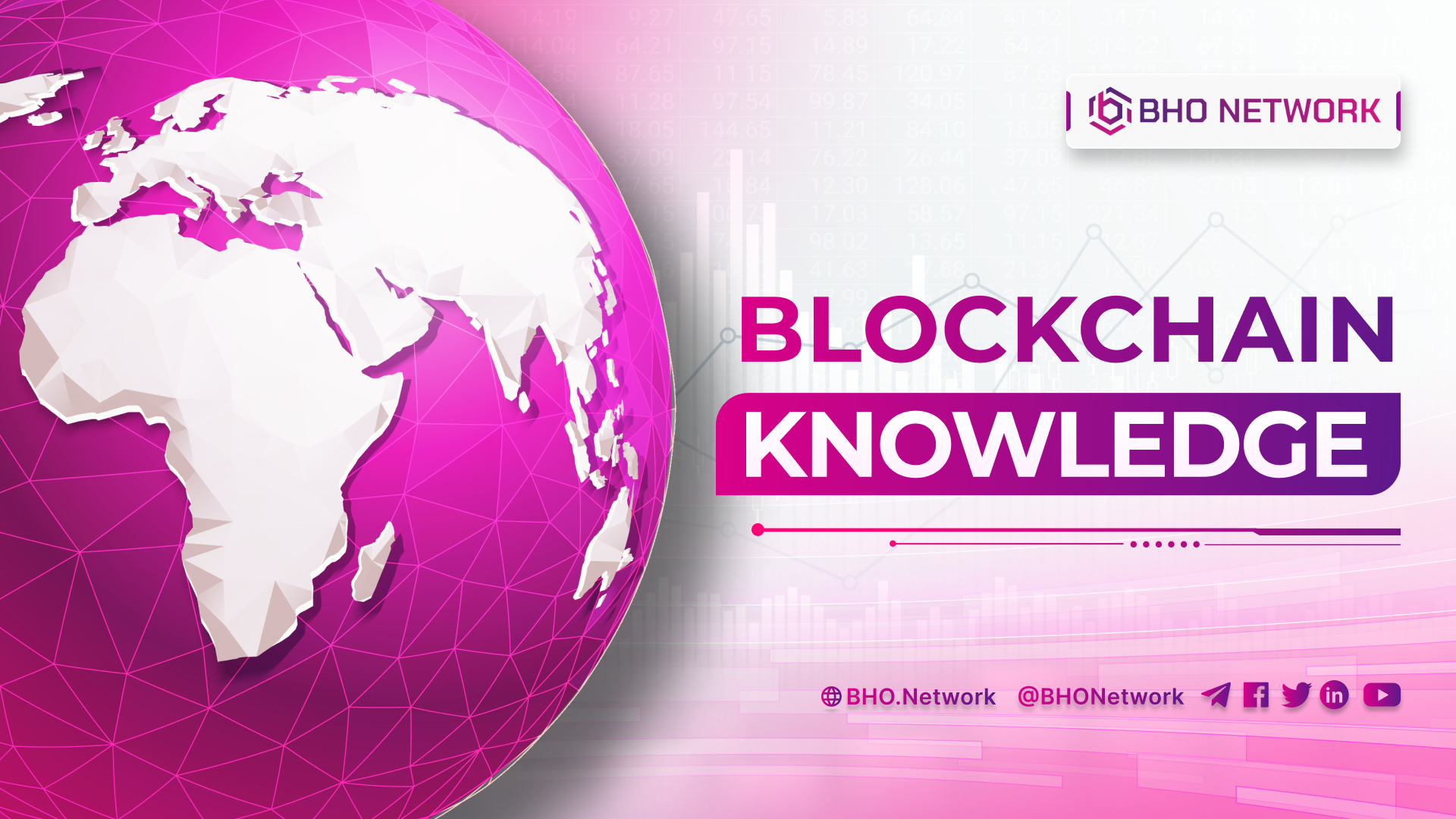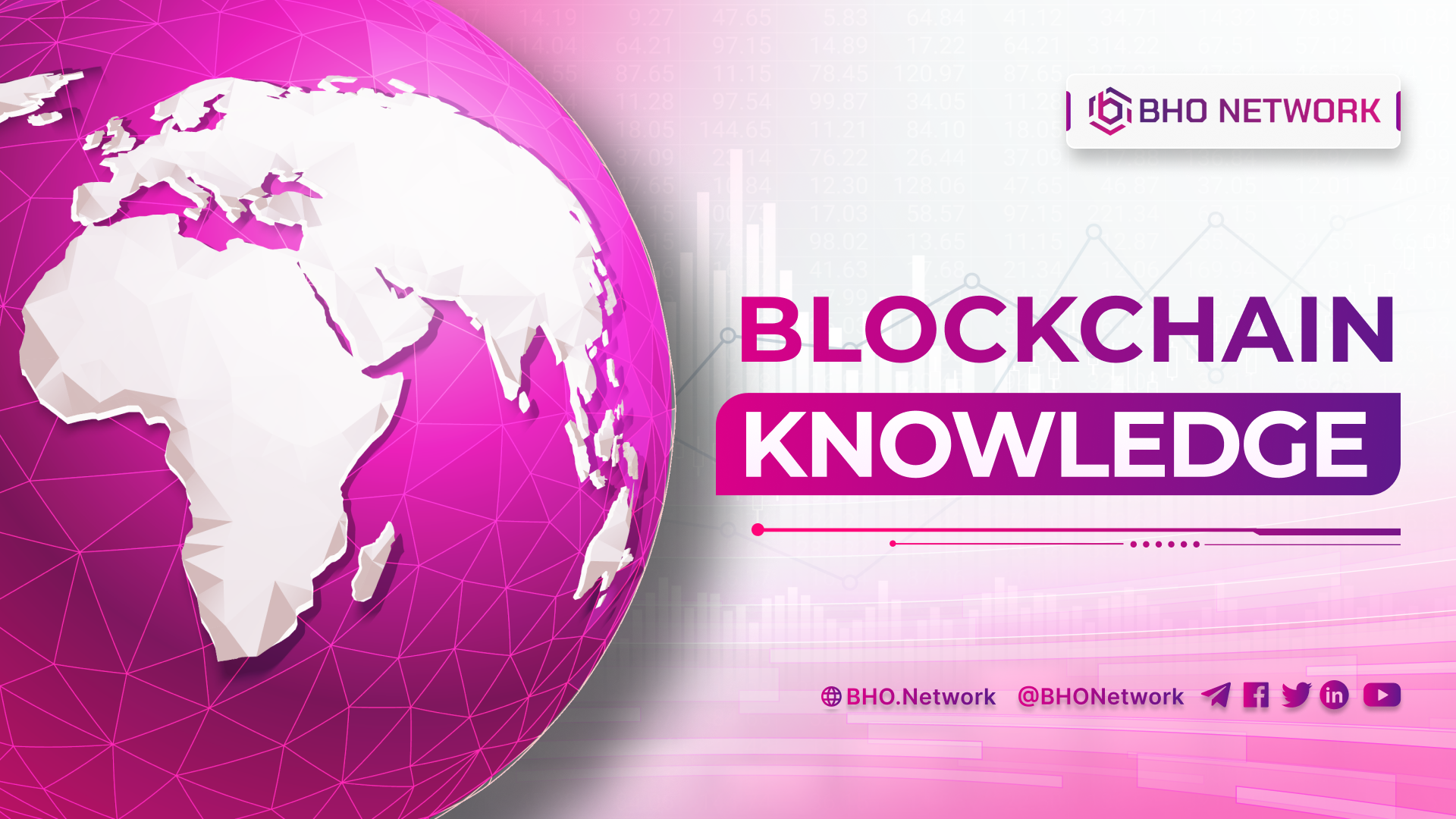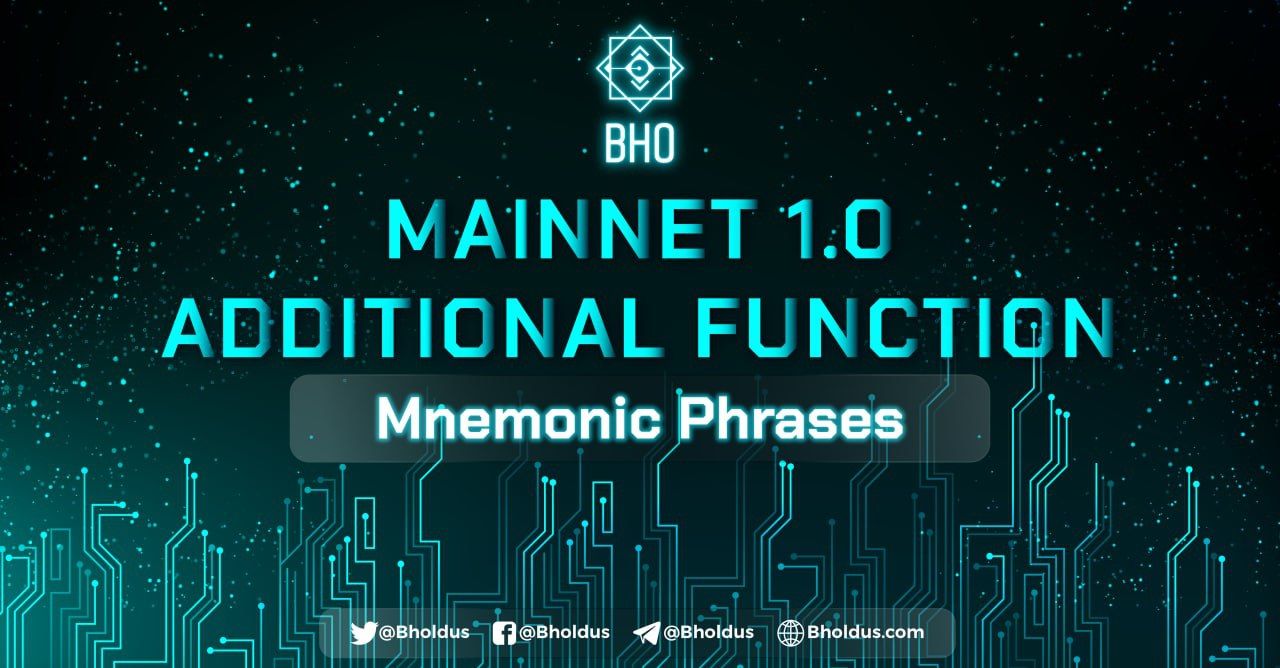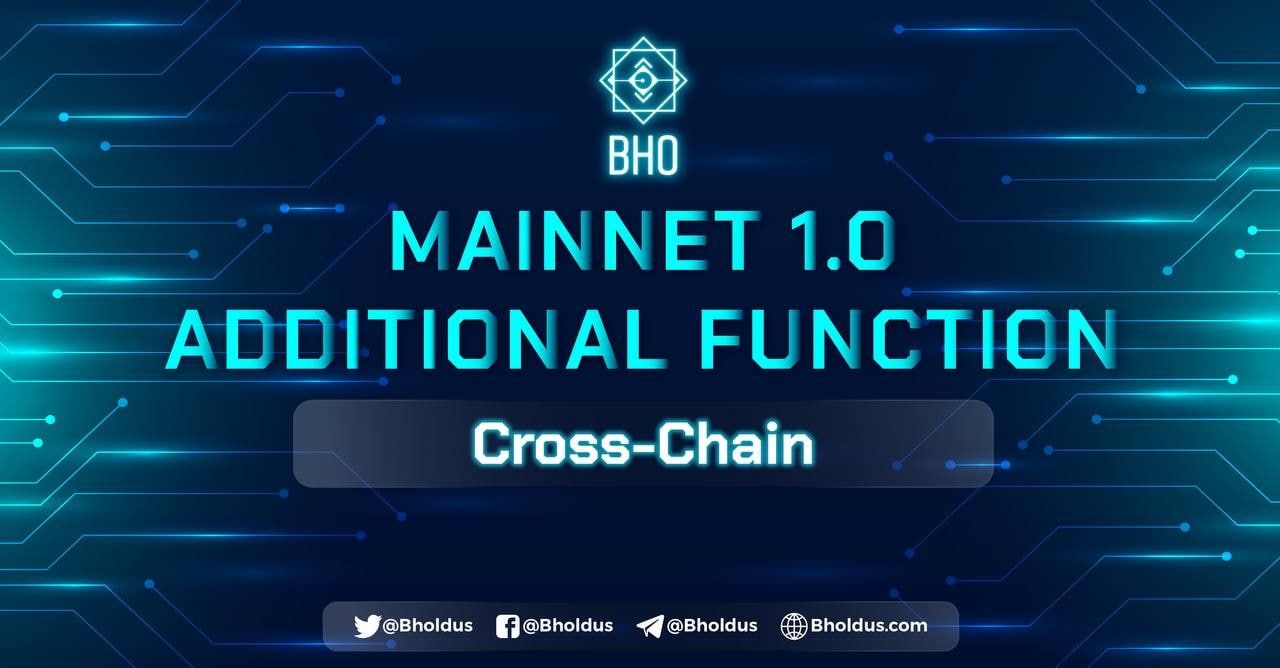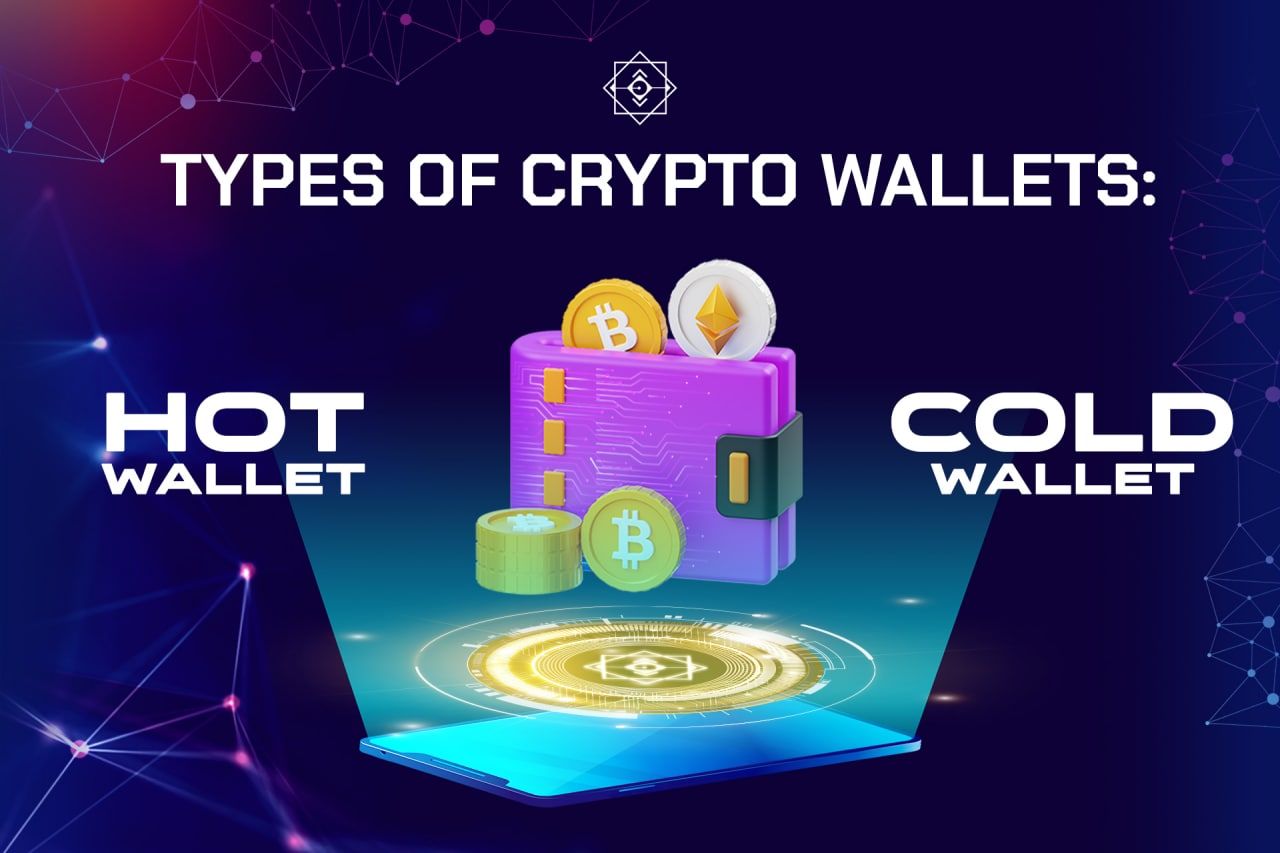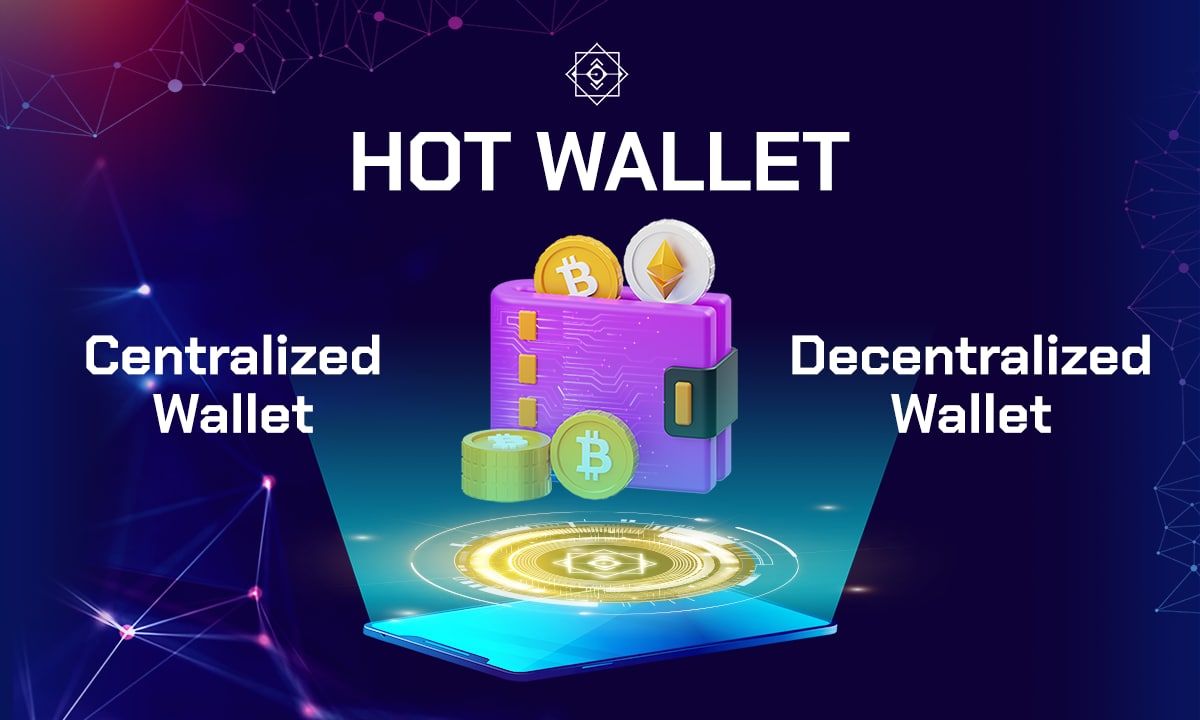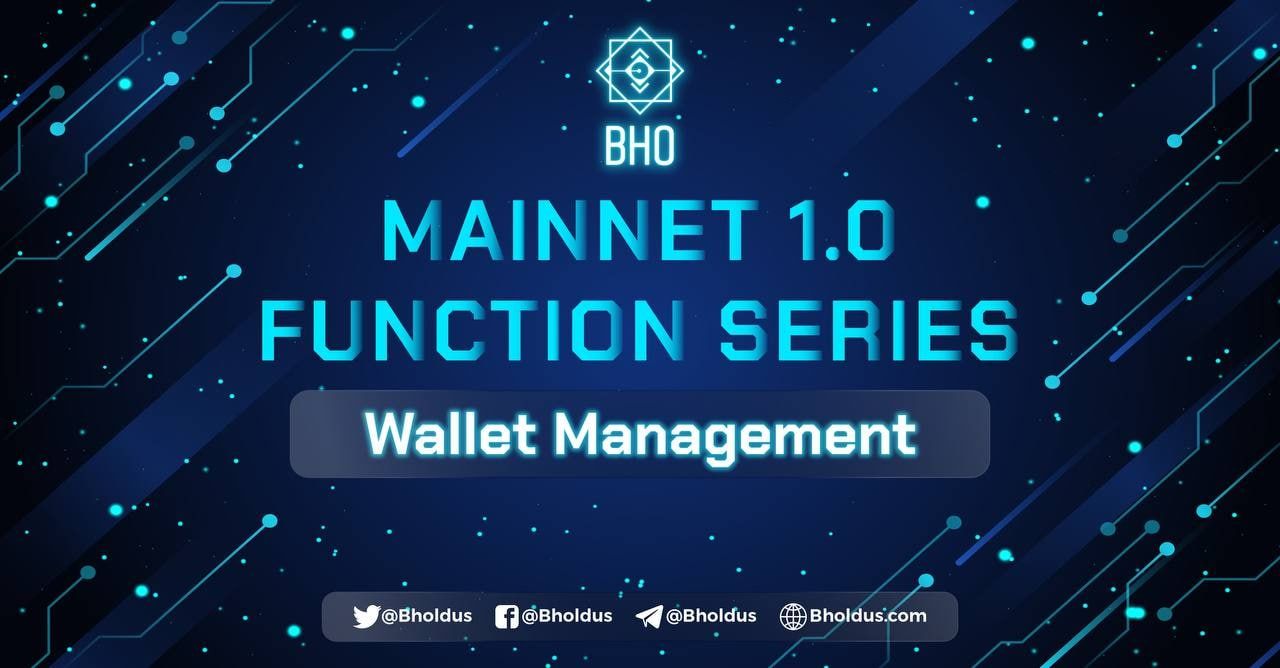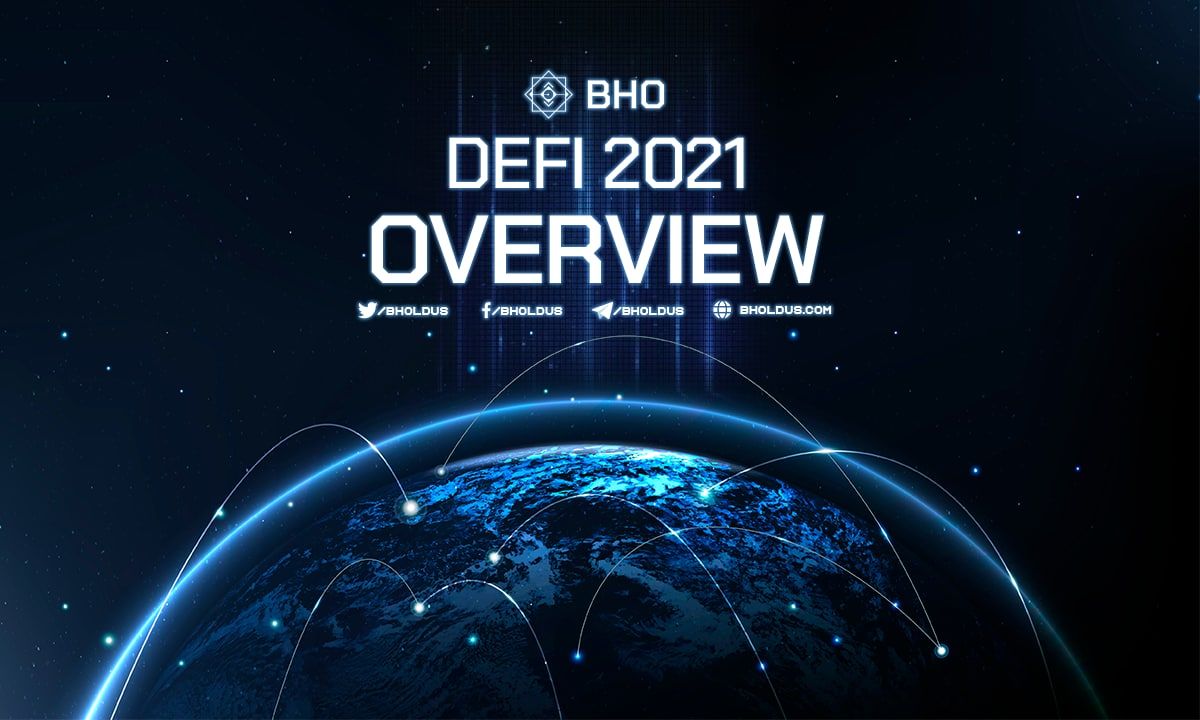- Blog
- Crypto News
- The ultimate evolution of GameFi: How far is GameFi 2.0?
The ultimate evolution of GameFi: How far is GameFi 2.0?
- What is GameFi 2.0?
- GameFi 2.0 financial mechanism optimization: The only way to evolution
- GameFi 2.0 playability optimization: Build a stable ecology for sustainable development
- GameFi 2.0 and Metaverse: Build a more realistic economic cycle in the game
GameFi stands at the intersection of DeFi, games, and NFT. It takes the best of others and is self-contained. It has experienced a round of explosions this summer. Head projects such as AXS, MANA , SAND, etc. have gained several times or even With a growth of more than ten times, the data and financing situation on various chains is also very impressive.
However, just as DeFi encountered performance, safety, and sustainability issues in the development and precipitation process, it opened the evolutionary path of DeFi 2.0. After GameFi experienced the outbreak, it also faced some difficulties: such as poor playability, unsustainable economic models, and lagging governance. These problems caused GameFi to fall silent after experiencing an outbreak, so the industry’s voices and experiments for GameFi 2.0 followed.
What is GameFi 2.0?
There is no unified definition. The concept of GameFi 2.0 is more to solve the problems faced by GameFi 1.0. The improvement and development of the connotation of GameFi 2.0 may require more people to gradually enrich in the follow-up and continuous practice process. And summary, thereby forming a higher execution rate, better playability, more durable economic model, and even more possibilities.
GameFi 2.0 financial mechanism optimization: The only way to evolution
GameFi is a combination of Game and DeFi, and is the gamification of financial mechanisms. Therefore, the evolution of GameFi 2.0 is indispensable for the optimization of financial mechanisms.
Through the game mechanism, GameFi lowers the threshold of DeFi, encourages users to continue to participate, and thus extends the life cycle of the project. To a certain extent, it alleviates the “unsustainable problem” of DeFi liquid mining, that is, users are only attracted by profits and continue to “dig and sell” to over-mine the agreement.
However, the reality is that at the current stage of the GameFi game mechanism is still relatively rudimentary, the most attractive to players is still revenue. For example, the official statistics of Axie infinity show that 48% of its players “play games for economic gain”, which is already one of the most exquisite and playable items in this field.
We know that most GameFi games require players to pledge assets or purchase in-game items before they can start the game. These assets can be paid back in the game. However, with the continuous influx of new players into the game, more and more in-game circulating tokens are produced. However, if the game playability is poor and the consumption of tokens cannot keep up, the output speed is higher than the consumption speed, and the currency price It will fall, the player’s income will gradually decrease, and the payback cycle will become longer and longer.
Relevant data shows that compared with July and August, the income of some GameFi players has already retraced. There is a view that playing and earning are incompatible to a certain extent, and that “earning” will greatly reduce the marginal effect of “playing”. When the revenue is further reduced, will players stay in GameFi, which has mediocre playability?
It can be said that the acquisition of revenue is the biggest advantage of GameFi compared to traditional games, and it is also the fundamental reason for the sustainability of the GameFi project. However, the current profit mechanism is too dependent on the currency price increase in the secondary market. This requires the game to always maintain a large user volume and high popularity, because the prosperity of the secondary market needs the rapid growth of traffic to support. This relies on the community and publicity. In the final analysis, new players and funds are needed to enter the market to ensure profitability. This is a “Hungry Age”, a spinning top that cannot be slowed down.
However, deceleration is inevitable, which puts forward higher requirements for the financial mechanism design of the GameFi project, and it is necessary to optimize the relevant ways of generating economic benefits at present. For example, to provide more scenarios and interactivity for digital asset transactions in the game; or through the DAO organization to establish a “DAO Treasury”, all income from the platform and the income generated by the game itself, all enter the DAO Treasury, and the treasury is controlled by the agreement. Repurchase and other methods maintain the stability of the governance token prices in the secondary market, and at the same time, through the bond mechanism, repurchase the liquidity of governance tokens from the market.
The optimization of the financial mechanism is a mountain that cannot be bypassed in the evolution of GameFi2.0. The problem is there, and practitioners need to do their best to overcome it.
GameFi 2.0 playability optimization: Build a stable ecology for sustainable development
GameFi not only has financial attributes, but also game attributes, which may be the key to solving financial problems. Therefore, if GameFi wants to evolve to GameFi 2.0, it is also essential to optimize the playability of the game content itself.
In GameFi games, players need to play with the characters and props in the game and get through complex levels to make money. Compared with mining, this path is much longer. The more perfect the economic model and gameplay of the game itself are designed, the longer its lifespan will be.
As mentioned above, in addition to the premium in the secondary market, the economic benefits generated by GameFi also depend on the digital asset transactions in the game. The game mechanism can build a very rich application scenario for the transaction of these assets. Whether it is cultivating elf, breeding horse racing, or drawing cards, fighting, or exploring the galaxy, as long as the playability is high and the application scenarios are attractive, it will continue to attract players to trade, and continue to generate value and overflow. And the more players there are, the richer the possible trading methods will be, and the more value and revenue will increase. This is not available in pure financial activities.
On the other hand, the supply-demand relationship of digital assets in the game will also affect the secondary market and promote the rise of tokens that are the medium of circulation in the game. In other words, if the in-game economic model can develop soundly and sustainably, then the basic project will be stabilized, and the secondary market risks mentioned above will no longer be fatal.
In terms of application scenarios and playability, most of the current GameFi games have huge room for growth. How to further polish the game’s playability, traditional online games provide GameFi with a very rich template.
Traditional free to earn online games gain revenue from advertisements or in-game sales. The core of the game is that players are willing to invest more time, energy and even money after trying the game for free and familiarizing it with its mechanics. The view of audience commodity theory is that players themselves become commodities, and their loyalty to the game is packaged and sold to advertisers; at the same time, “playing” itself is reproduction and labor. The more players, the longer the online time, the greater the traffic. The more active the game ecology is, the more it can attract advertisers, so the value created by the player’s labor is the added value of advertising.
How can traditional game players willingly work for game developers and advertisers? Of course it is because the game is fun. No player thinks that they are being forced to labor, they are just spontaneous pastimes. Players are actually very picky. They will only “vote” for the games they like. While paying the cost of labor (appearance) and economic (purchase), they also really get spiritual satisfaction, including the achievements of the game itself. Sense and pleasure, as well as the accompanying emotional comfort, exchange of ideas, and spiritual companionship.
This is inseparable from the excellent playability design of traditional online games, as well as the huge player community and culture.
In terms of playability design, the current GameFi games include role-playing, virtual space, developing combat, card collection, multiplayer building and other gameplay methods, covering a variety of preferred player groups, compared to pure DeFi The project is more interactive, interesting, technical, and confrontational, but compared to some large-scale traditional online games, there is still a lot of distance. As more and more game practitioners enter the GameFi field, it may be possible to further optimize the user experience, game design and graphics complexity.
Some of the more antagonistic head GameFi games have begun to develop in e-sports. A series of events organized by project teams or third-party sponsors have attracted many core players and brought valuable numbers to the winners. Asset rewards. With reference to the e-sports development of traditional games, this will be a channel to continuously attract funds and sources of interest into GameFi.
Projects with strong playability will naturally gather players and form a community, attracting players to conduct technical exchanges, analyze game data and rules, share tutorials and strategies, and develop common game tools such as pricing calculators, simulators, and related plug-ins. At present, the communities of many GameFi projects have basically taken shape and maintained a high degree of activity.
The power of the community is crucial to games. For example, the traditional game Dota2’s TI competition uses the community to smash the tournament bonuses and has gained huge attention. The Dota2 game party has launched TI books since 2013. After purchasing krypton gold, players can get event tickets and rare equipment. This mechanism is equivalent to inspiring players to crowdfunding to provide a prize pool for the competition. Since its launch, the total prize money has been rising continuously over the years.
GameFi has a natural advantage in community building. It can establish a decentralized autonomous organization in the form of DAO governance, transform participants into owners and managers of the entire community through the issuance of tokens, and achieve full connection between players. At present, many game guilds have been formed in the GameFi field, and their functions cover all aspects. They not only provide a platform for game discussion, but also can pool the power of the group to pull new games and even invest. Moreover, many DAO communities are not limited to a certain GameFi project, but are looking for opportunities and deep participation in the entire chain game field. Therefore, the number of assets and players it will gather will be astonishing, and it may form a super-large community. .
Through the above analysis, it is not difficult to find that GameFi has great potential in application scenarios, playability and community. Some head projects have begun preliminary construction and have achieved small achievements. We also believe that new GameFi projects will continue to refresh the existing boundaries and explore more possibilities.
GameFi 2.0 and Metaverse: Build a more realistic economic cycle in the game
After years of development, many GameFi games have now shown the embryonic form of the meta-universe. GameFi has evolved to GameFi 2.0, which can integrate the concept of meta-universe and move forward.
The increasingly large and complex game world of Metaverse GameFi can derive countless scenarios and stories. At the same time, it is a simulation of the real world, with special emphasis on simulating the economic structure of reality. Stable and orderly in-game economic circulation can underpin the entire project, further optimize the financial mechanism of GameFi mentioned above, and ensure the sustainability of the project.
Generally speaking, GameFi games will set up in-game characters or equipment to act as productivity tools and consumption mechanisms to promote the dynamic development of the economy. In order to ensure the circulation of assets, many GameFi introduced a more complete dual-token mechanism. One is used as an in-game transaction medium to simulate the internal economic cycle through issuance, consumption, and inflation; the other is the platform of the project party. Coins can be traded in the secondary market as a bridge between the inside and outside of the game. In addition, there may be some foam-bearing settings to avoid crashes.
For example, Axie Infinity , its economic model retains a certain degree of regulation. Axie Infinity’s game token SLP has been issued ten times in one month, and sales are surging at the same time as inflation. If it continues to develop, it will face the risk of collapse. The project party quickly responded by directly halving the SLP reward, and its consumption and output quickly returned to balance.
The current explosion of GameFi is not a castle in the air. Starting from CryptoKitties, GameFi has made considerable progress in countless trials and errors, and has stood on the shoulders of giants, and the game worldview has become increasingly large and flexible. The project party can control and adjust the game in time through the release of tokens and economic policies, and act as a macro-control. At the same time, the game world will gradually develop into a “complex system” as players, elements and activities increase. , Grow your own “laws of nature” and digestion ability.
Under the role of the two sides, the entire game can basically maintain a stable, healthy, and healthy growth within a certain range. The construction of GameFi’s game model is rushing to “create the world.” The complex and complete GameFi economic logic also makes the game scene more abundant, the story line is more complete, the playability is further improved, and the formation of social and community culture, etc. Rich ecology.
In summary, if GameFi only pays attention to its financial attributes and only relies on revenue to attract players, there will be a situation of “profit for profit”. GameFi originally realized the evolution of DeFi by adding game mechanics. If you want to retain users and continue to develop, you still have to give play to its advantages in game attributes. It needs to truly provide users with game enjoyment like traditional games, and form a community ecology gathered by the game itself, not just provide revenue.
Source: https://coinyuppie.com/the-ultimate-evolution-of-gamefi-how-far-is-gamefi-2-0/
Published on March 03, 2022
Tagged topics
